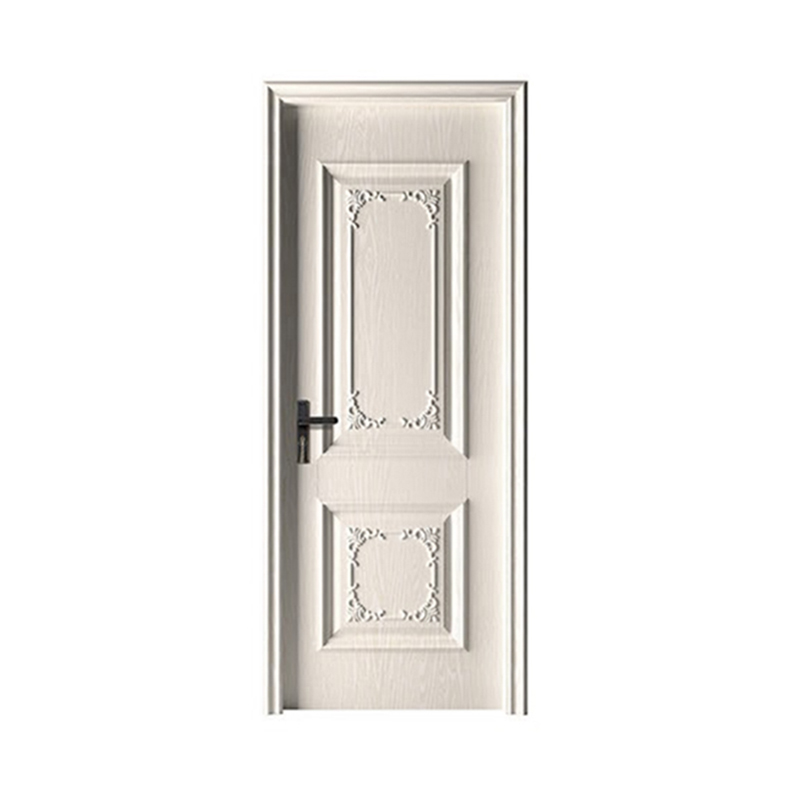News
Is Waterproof WPC Door The Same As WPC Solid Doors?
Waterproof WPC (Wood-Plastic Composite) doors and WPC solid doors are similar in terms of their composition and overall construction. Both types of doors are made from a combination of wood fibers or flour and thermoplastic materials, such as polyvinyl chloride (PVC), which are blended together to form a durable and long-lasting door panel.
However, there is a key distinction between the two when it comes to their resistance to water. Waterproof WPC doors are specifically designed to have enhanced water resistance properties. They undergo additional treatments or have special coatings applied to make them highly resistant to moisture, humidity, and water infiltration. These doors are ideally suited for environments with high humidity levels or areas where water exposure is a concern, such as bathrooms, kitchens, or outdoor applications.
On the other hand, WPC solid doors may have a certain level of water resistance but may not possess the same high level of waterproofing as their specifically engineered counterparts. While WPC solid doors are durable and suitable for most interior applications, they may not be recommended for areas with direct water exposure or high humidity levels.
For those seeking a truly waterproof solution, there are WPC solid doors available in the market that are specifically designed to be highly water-resistant. These doors often feature advanced manufacturing techniques, such as incorporating waterproof adhesives or using specialized sealants during the production process. These enhancements ensure that the door remains impervious to water, maintaining its structural integrity and aesthetic appeal over time.
When selecting between waterproof WPC doors and WPC solid doors, it is crucial to consider the intended application and environmental factors. If water resistance is a top priority, such as for a bathroom or an outdoor area, choosing a waterproof WPC door is advisable. For interior spaces without direct water exposure, WPC solid doors can provide an excellent balance of durability, aesthetics, and cost-effectiveness.
In addition to their water resistance properties, both waterproof WPC doors and WPC solid doors offer unique features that cater to different needs and preferences.
Waterproof WPC doors, with their enhanced resistance to water, provide excellent protection against moisture-related issues such as warping, swelling, or rotting. They are designed to withstand prolonged exposure to water and humidity, making them ideal for environments where moisture is a constant concern. These doors are often utilized in bathrooms, kitchens, laundry rooms, or any other areas prone to moisture.
On the other hand, WPC solid doors, while not as inherently water-resistant as their waterproof counterparts, offer their own set of advantages. They are known for their structural stability and durability, providing long-lasting performance. WPC solid doors are suitable for various interior applications, such as bedrooms, living rooms, offices, or commercial spaces where direct water exposure is minimal.
Both types of doors are available in a wide range of styles, finishes, and designs, allowing for customization to match different aesthetic preferences. They can be crafted to mimic the appearance of traditional wood doors, providing a natural and warm ambiance to any space. The versatility of WPC doors allows them to seamlessly blend with various interior design themes, from contemporary to rustic.
When it comes to installation, both waterproof WPC doors and WPC solid doors are relatively easy to install. They are available in standard sizes, making them compatible with existing door frames. However, it is recommended to consult with a professional installer or follow manufacturer guidelines to ensure proper installation and optimize the doors' performance.
Maintenance requirements for both types of doors are generally low. WPC doors are resistant to cracking, splitting, or fading, eliminating the need for regular refinishing or repainting. Routine cleaning with mild soap and water is typically sufficient to keep them looking their best.

 English
English عربى
عربى 中文简体
中文简体




